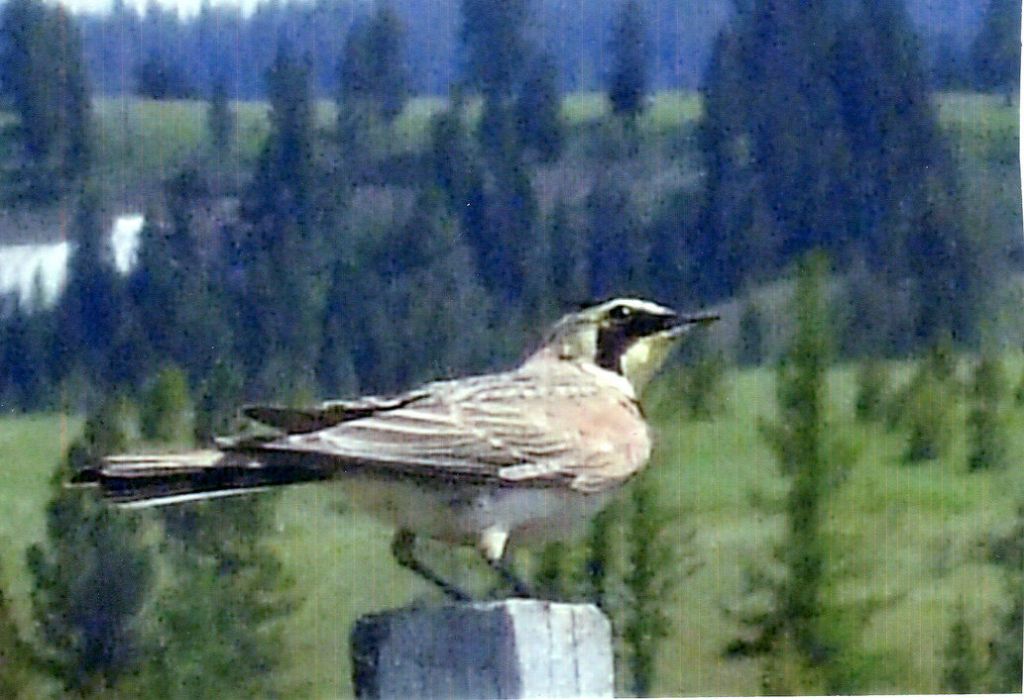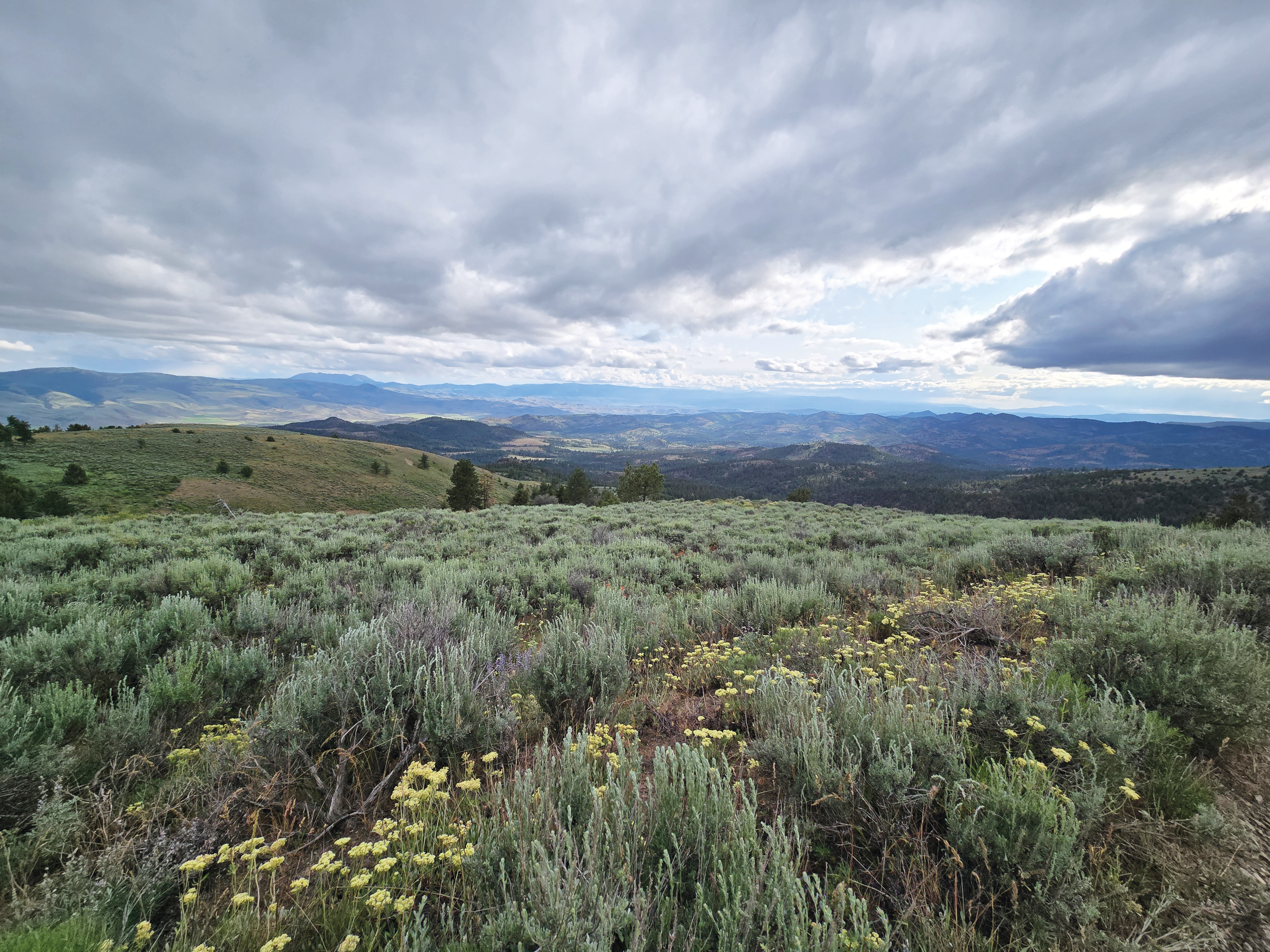Zumwalt is prime area for horned larks
Published 5:34 am Friday, November 6, 2015

- A male horned lark.
One of the most common birds in Wallowa County and North America is the horned lark. I took this picture of a male horned lark standing on a fencepost during a brisk wind that kept his “horns” from showing. In spite of their abundance, most people who live in cities never get to see them as they are found only on the ground where the grass is short in the wide open spaces of the Western prairies. They are very abundant on the Zumwalt Prairie north of Enterprise, and if you drive your vehicle across open fields, they will flush when your rig gets close to them.
Horned larks breed from Alaska and Canada south to Baja California and Mexico. They build their nests quite often in the hoof print from a cow on the endless open prairies, but they also can be found on Western golf courses as they love that short, green grass.
Their song is not as spectacular as a sky lark, but it is delivered in the same way in a spiral flight in the open sky. Eighty percent of a horned lark’s diet is weed and grass seeds and the other 20 percent is insects. They lay from three to five eggs and their young, like most all ground-nesting birds, leave the nest before they can fly. However, their parents don’t have any trouble keeping track of them.
In early fall the horned larks that breed in the northern tundra migrate southward in flocks, whereas, the ones that nest farther south, winter not far from where they spend their summers. That is quite common with other seed-eating species, such as finches, that don’t need insects to survive the winters.
If Wallowa County residents want to see horned larks, all they have to do next summer is drive out the road to Zumwalt.






